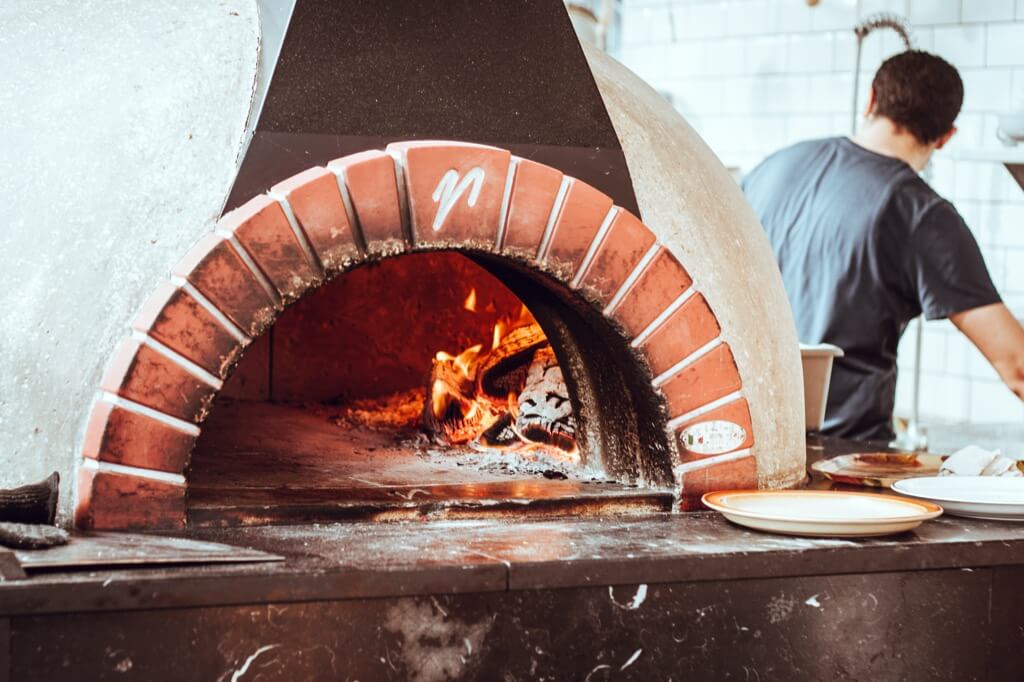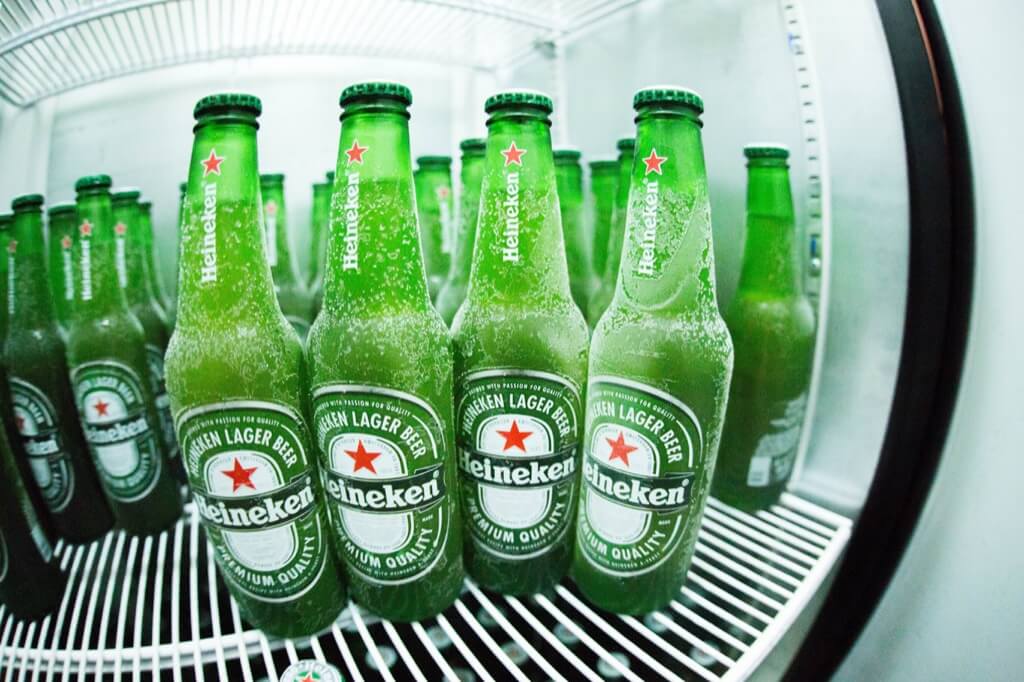The term “Hawaiian” was coined in 1962 by Greek-Canadian pizza maker Sam Panopoulos, who introduced the pineapple and ham toppings. Despite its disputed status, the fascinating journey of pizza involves an array of historical events and cultural influences.
The story begins with Sam Panopoulos’ immigration from Greece to North America in 1956, marking a turning point in the history of pizza. Despite its Italian roots, pizza’s evolution transcends geographical boundaries and historical timelines, incorporating diverse cultural elements and culinary innovations.
The origins of pizza trace back to ancient times, with evidence of similar flatbread dishes prepared by the Persian army in the 5th and 6th centuries B.C. These early forms of pizza laid the groundwork for the modern interpretation of the dish, highlighting its adaptable nature and enduring appeal.
The incorporation of tomatoes into pizza, a significant development in its history, took place in Naples, Italy, where the addition of tomato sauce revolutionized the culinary landscape. The humble beginnings of the Napoletana pizza, characterized by its simple yet flavorful ingredients, marked a crucial milestone in the evolution of the dish.
Despite the popular myth surrounding the 1889 creation of the Pizza Margherita for Queen Margherita of Italy, historical discrepancies and conflicting accounts cast doubt on the veracity of this narrative. While the Pizza Margherita remains an iconic representation of traditional Italian pizza, its exact origins remain shrouded in mystery and historical ambiguity.
The spread of pizza to North America in the early 20th century heralded a new era for the dish, as its popularity grew within Italian-American communities and eventually transcended cultural boundaries to become a staple in the broader culinary landscape.
Sam Panopoulos’ innovative take on pizza, marked by the introduction of pineapple and ham toppings, sparked the creation of the “Hawaiian” pizza, which later gained widespread popularity despite initial skepticism. Panopoulos’ experimentation with sweet and savory flavors reflected the evolving palate of consumers and the growing appetite for culinary experimentation.
The cultural context of the 1950s, characterized by the rise of Americanized “Tiki” culture and the increasing popularity of pineapples in North American households, contributed to the successful reception of the “Hawaiian” pizza. The fusion of diverse cultural elements and flavors played a pivotal role in shaping the global standard of pizza as we know it today.
Sam Panopoulos: A Journey to Canada
Sam Panopoulos, a Greek immigrant to Canada, embarked on a culinary journey that led to the invention of the Hawaiian pizza. Arriving in North America in 1956, Panopoulos was exposed to various cuisines, which ultimately influenced his innovative approach to pizza-making.
Pizza Evolution: From Naples to North America
The historical evolution of pizza, from its origins in Naples, Italy, to its introduction in North America, highlights the diverse cultural influences that have shaped this beloved dish. Panopoulos’s encounter with pizza in Naples left a lasting impression on his culinary aspirations.
The Rise of Hawaiian Pizza
The introduction of Hawaiian pizza in the 1960s marked a significant moment in the fusion of sweet and savory flavors in the culinary world. Panopoulos’s decision to combine pineapple and ham on a pizza brought about a unique and polarizing taste experience that resonated with consumers, despite initial skepticism.
Culinary Innovations and Global Influence
The Hawaiian pizza serves as a testament to the continuous innovations and cross-cultural influences that contribute to the evolution of global cuisine. By incorporating diverse ingredients and flavors, culinary enthusiasts can explore new gastronomic possibilities and celebrate the rich tapestry of international food traditions.
Fusion Cuisine and Cultural Appreciation
Fusion cuisine, exemplified by the Hawaiian pizza, embodies the spirit of cultural appreciation and creativity in the culinary arts. Encouraging individuals to embrace a diverse range of culinary influences, Hawaiian pizza represents the harmonious blending of different flavors and ingredients, inviting people to explore and appreciate various cultural nuances through food.
How To Make Your Own Hawaiian Pizza
Preparing Your Ingredients
To make your Hawaiian pizza at home, start by gathering the necessary ingredients, including pizza dough, tomato sauce, ham or Canadian bacon, pineapple chunks, and shredded mozzarella cheese. Ensure that all your ingredients are fresh and of high quality for the best results.
Rolling Out the Dough
Roll out your pizza dough on a floured surface to achieve your desired thickness. Use a rolling pin to create a circular shape, and transfer the rolled-out dough to a baking sheet or pizza stone for baking. If you prefer a crispy crust, consider pre-baking the dough for a few minutes before adding the toppings.
Adding the Toppings
Spread a layer of tomato sauce evenly over the rolled-out pizza dough, leaving a small border around the edges. Next, arrange the slices of ham or Canadian bacon and the pineapple chunks over the sauce. Distribute the toppings evenly to ensure that each slice of pizza has a balanced combination of flavors.
Sprinkling the Cheese
Generously sprinkle shredded mozzarella cheese over the entire pizza, covering the toppings evenly. The cheese will help bind the ingredients together and create a deliciously gooey and satisfying texture. Feel free to add other types of cheese or toppings based on your personal preferences and taste.
Baking to Perfection
Place your Hawaiian pizza in a preheated oven at the recommended temperature for your pizza dough, typically around 450°F (230°C). Bake the pizza for 12-15 minutes or until the crust is golden brown and the cheese has melted and slightly bubbled. Keep an eye on the pizza during the baking process to prevent overcooking.
Final Touches and Serving
Once the pizza is baked to perfection, remove it from the oven and let it cool for a few minutes. Consider adding some fresh basil leaves or a sprinkle of red pepper flakes for an extra burst of flavor. Slice your homemade Hawaiian pizza into wedges and serve it hot to enjoy the delightful combination of sweet pineapple, savory ham, and melted cheese.
In the spirited debate over the origins of Hawaiian pizza, the Canadian roots of this contentious dish are firmly established. Sam Panopoulos, the Greek-Canadian innovator, introduced the pineapple-topped creation in the 1960s, sparking both adoration and disdain among pizza enthusiasts.
Despite claims linking the concept to the German TV chef Clemens Wilmenrod’s Toast Hawaii, the distinct nature of Panopoulos’ Hawaiian Pizza remains. While the dish has garnered worldwide recognition, its unconventional blend of sweet and savory flavors continues to divide opinions, making it a perennial point of discussion in culinary circles.




